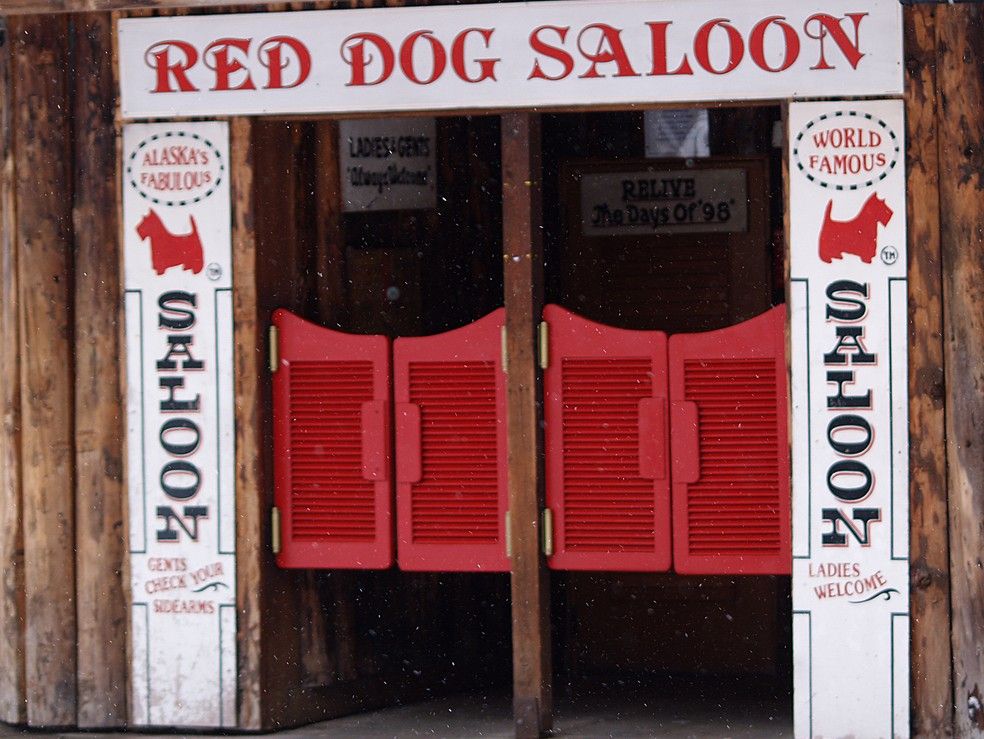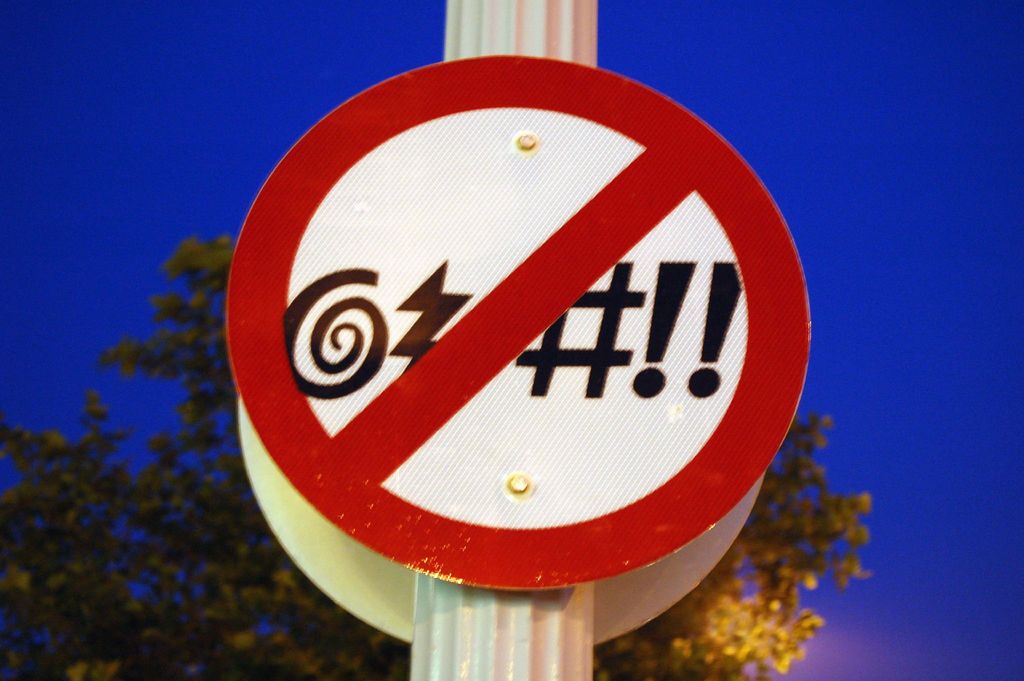Hello hanzi lovers!
It has been a while since I last wrote about my beloved Chinese characters. Sadly, life and work got in the way. Incidentally, it is my latest work that brought me to these characters. Don't ask..
Chinese characters in their purest form represent ideas about concepts, hence why they are called ideograms. Let us figure out the meanings of a 𨳒, 𨳊, 𨳍 and 閪 by only looking at the images.
The first thing that comes to mind is that there is a common element, 門. The meaning of this element is a door.

Once characters are created, they could change in meaning, or assume new meaning in certain context. This mix-n-match strategy is more tractable than inventing a new character for every single concept. In this case, the meaning of 門 refers strictly to a body part (or rather a section of the body). I am sure everyone will eventually figure out that it represents the hips that, according to Shakira, do not lie.
What about the remaining components? 小, 九, 七 and 西 have their own, individual meaning, but the important part here is that their pronunciation in Cantonese (siu2 gau2 cat1 sai1) rhyme with diu2 gau1 cat1 hai1. When put together with 門 they represent what is located between the hips and that's how you get and that's how you get 𨳒, 𨳊, 𨳍 and 閪. incredibly even though the primary purpose of 小, 九, 七 and 西 is to serve as a phonetic component, they also make sense from a pure ideographic perspective as well!

-
𨳒 diu2 originally referred to the male genitalia (obviously), but the meaning later evolved to the verb fuck, the bread-and-butter of insults. It is used in 𨳒你老母 diu2 nei5 lou5 mou2, probably the most well known Cantonese phrase among the western population. I apologise on the behalf of white people.
-
𨳊 gau1 represents the erect penis meaning cocky or just plain stupid. A friend of mine pointed out that it is specifically an erect penis when it's not supposed to be which also conveys the meaning of inexperience or immaturity. Pay attention to the upward pointing bit of 九 and consider how it contrasts with 七, used in 𨳍.
-
𨳍 cat1 on the other hand corresponds to the impotent penis, because as we all know there is no bigger insult you can hurl towards a man. It means something that ugly or shameful, but appears in variety of other insults.
-
閪 hai1 is dedicated to the female genitalia, and is used in a context similar to cunt.
I am honestly genuinely impressed that working and not working penis deserve two separate characters. Evidently distinguishing between the two is important enough to deserve its own vocabulary item. Also, whole 3 characters for male genitalia, but only one for female? Sexism much?

Those are relatively new characters, used exclusively in Hong Kong and Macau. They don't really work in Mandarin because the phonetic elements don't make sense and you would not find all of them in Mandarin centric dictionaries.
In Mandarin, the construction of those words has occurred in a somewhat similar fashion, using the body 尸 radical plus a phonetic element:
-
屌 diǎo literally something hanging 吊 from the body 尸. Quite descriptive. It is likely derived from 鳥 niǎo, as in Chinese words for birds also mean penis. Go figure.
-
屄 bī literally a body 尸 + a hole 穴.
This is by no means an exhaustive list of penis and vagina characters, as the list in both Mandarin and Cantonese could go on and on. Nevertheless I hope you enjoyed and appreciated to learn how logophonetic characters are constructed in a way that also makes sense if considered purely as an image!
Until next time!
Nick

